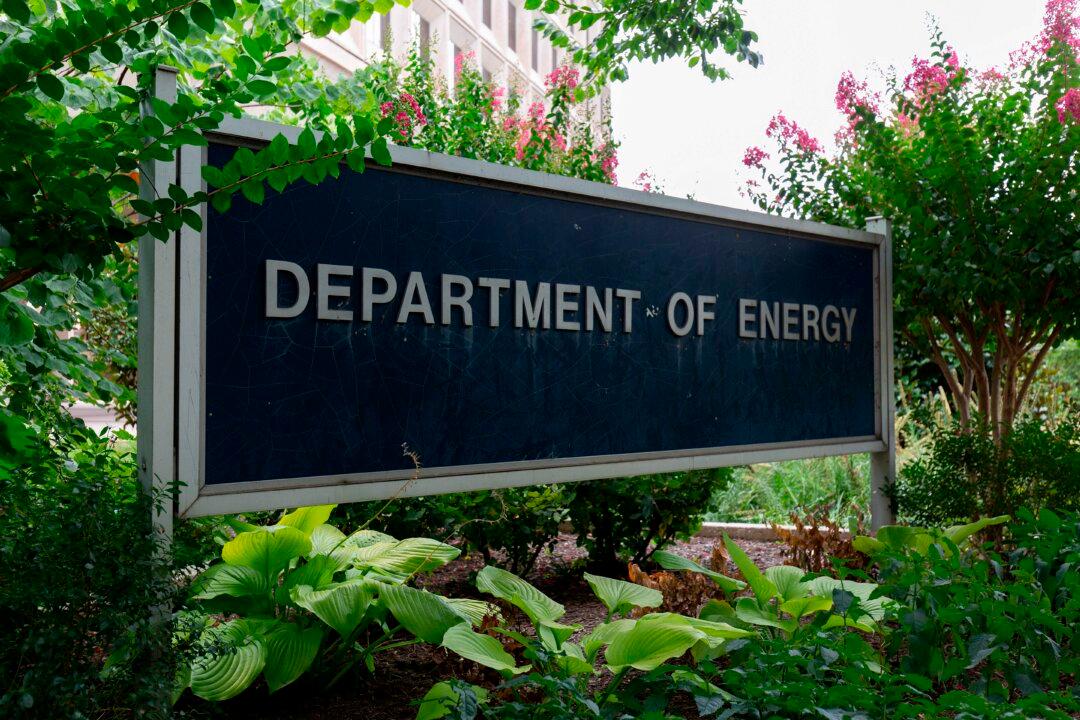The Biden administration has taken numerous steps against the oil and gas industry in the country, including ending leases, proposing raising tariffs for drilling, and imposing “uneconomic” greenhouse gas emission policies, dealing a blow to a proper functioning of the sector.
In May, the Institute for Energy Research (IER) published a report discussing President Joe Biden’s plans to make American energy “harder to produce and more expensive to purchase.” On Sept. 19, the IER updated the report (pdf), detailing the 175 measures taken by the administration that harm the U.S. oil and gas sector.





